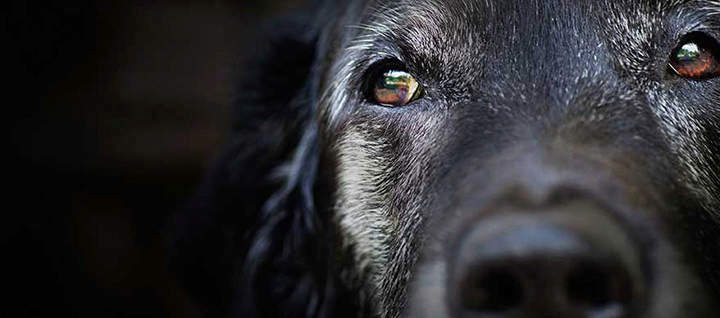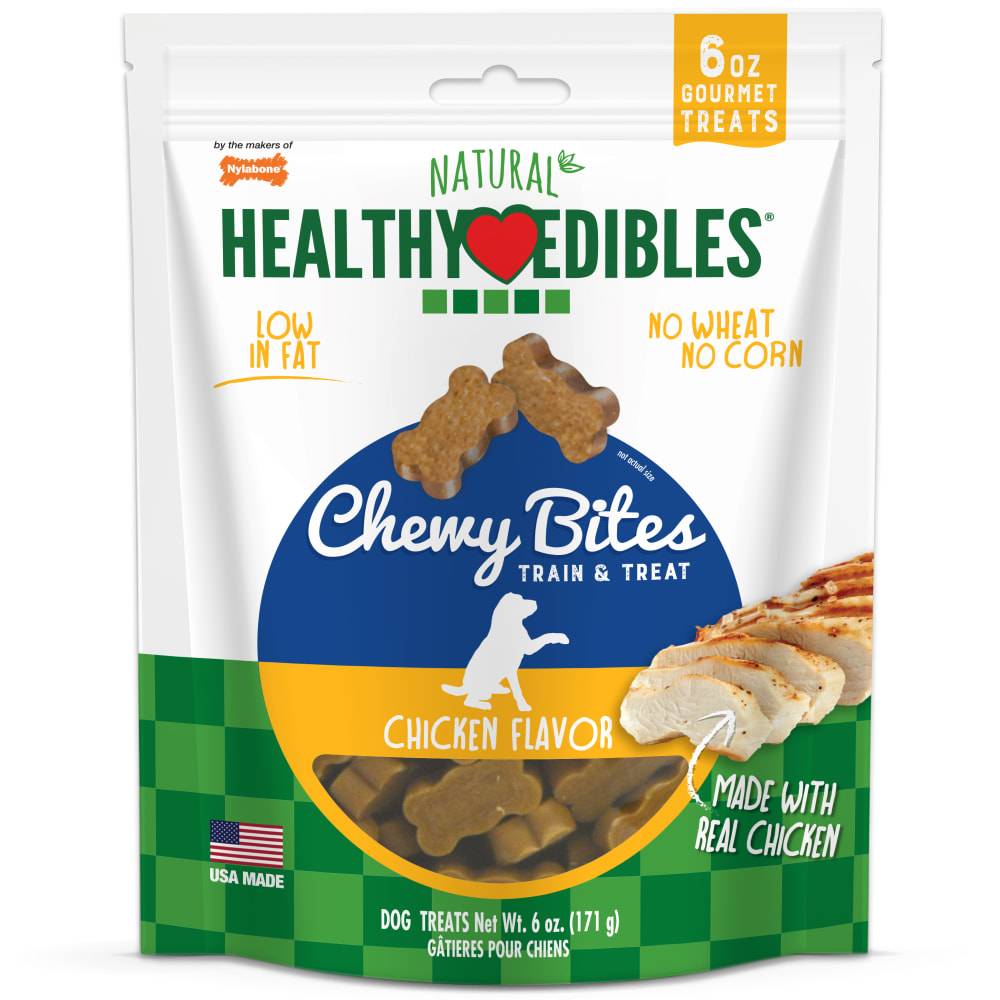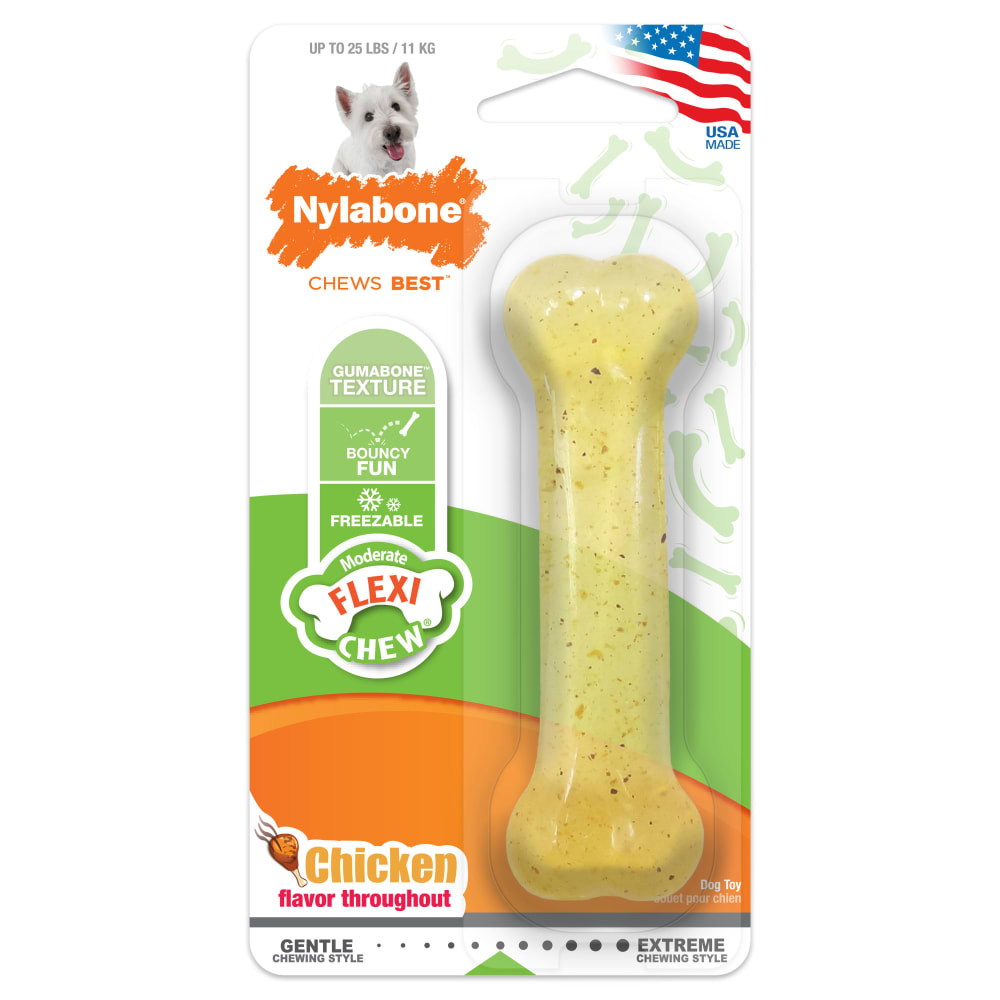When Is a Dog Considered a Senior?
Whether you’ve had your dog since they were a puppy or you adopted a dog later in their life, you’re sure to notice the changes that come with age. Even as their fur turns gray or pace slows down, a senior dog is wise, loving, and loyal to their household. Seeing these changes, however, is sure to cause you to wonder, “When is a dog considered a senior?”
Because the average dog lifespan tends to vary by breed size, what age a dog is considered a senior is size-dependent, too. Typically, small dog breeds have longer life spans and age at a slower rate than larger-sized breeds, so small dogs are considered seniors later in life than large dogs.
How Old Is a Senior Dog?
To determine if your dog is a senior, refer to the following general guidelines:
- Tiny and small breeds are considered senior dogs around age 11.
- Medium breeds are considered senior dogs around age 9.
- Large breeds are considered senior dogs around age 8.
- Extra-large and giant breeds are considered senior dogs around age 6.
When estimating your dog’s “senior status,” it’s important to remember that each dog ages at their own speed. Some are full of energy and enthusiasm well into their golden years, especially when provided quality care, while others show noticeable changes in their behavior and physical appearance.
🐶 Related ➔ 10 Long-Lived Dog Breeds
Signs Your Dog is Becoming a Senior
Though the saying "life gets better with age" may hold true for your furry friend, you might notice a few key differences in your pup as they grow older. Most senior dogs experience sensory, system, or psychological changes, or a combination of the three.
The most easily observable age-related changes tend to be the decline of a dog's senses. Senior dogs often experience hearing loss, and they may start walking a bit unsteadily due to balance issues that stem from the inner ear. Their eyesight may also diminish, with their eyes becoming cloudy from cataracts, ulcers, or degeneration. An older dog's sense of taste and smell can lessen as well.
Senior dogs can also be identified by certain physical changes. Dogs’ eyes naturally take on a cloudy hue as they age due to their eye lens thickening over time; this is called nuclear sclerosis. Older dogs' bodily systems slow down and the connective tissue surrounding their muscles stiffens, causing them to move around more slowly.
As their age increases, dogs also become prone to senior health issues such as glaucoma, heart disease, and arthritis. These system changes, in addition to psychological changes that cause dogs to act a bit "senile," are common yet more difficult to identify.
If your dog is exhibiting any or all of these signs, they’re likely reaching the age when a dog is considered a senior. As always, contact your veterinarian with any specific questions or concerns you have about your dog's health as you adjust to caring for a senior dog.
How to Make an Old Dog Happy
Although seniors may not be as active and energetic as they once were, there are still many activities and toys for older dogs to bring out the lovable personality you've known for so long. If you're wondering how to make an old dog happy, we have a few tips—and they involve chew toys and treats, of course!
Senior Dog Toys
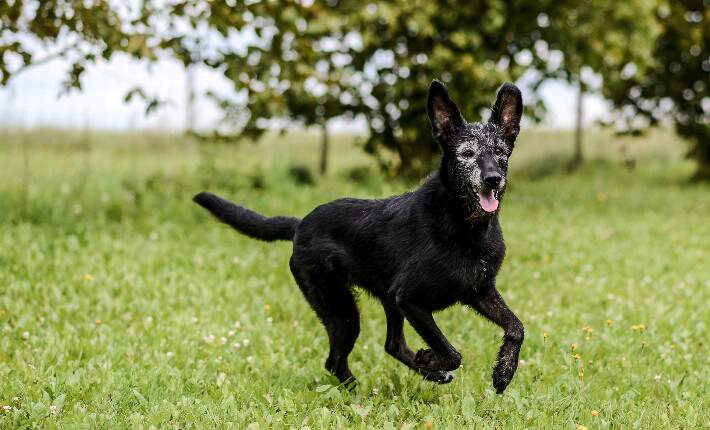
Bringing home a new toy is a surefire way to help your dog feel happy and excited. Plus, chewing is a terrific form of mental stimulation for senior dogs that can help keep their mind in tip-top shape. It is occupying and engaging, and most chew toys are infused with enticing flavor that dogs love. You can find a variety of chew toys that are specially designed for gentler chewers, like older dogs. From the shape and color to the material and texture, these toys are thoughtfully made to entice older chewers and keep them busy.
Rubber chew toys could offer senior dogs a more comfortable texture to chew with their weaker teeth and jaws. These toys are strong and sturdy, but the material has some flexibility and give. For an even gentler chewer, opt for a Flexi Chew toy. These softer chew toys are especially ideal toys for dogs with no teeth or bad teeth!
Add even more fun and mental stimulation for your senior dog by incorporating fillable chew toys. These toys give you the option to incorporate your dog's favorite soft chews or spreads to really pique their interest!
Playtime is a great way for your senior dog to exercise! It doesn't have to be a strenuous, high-energy activity, but rather a joyful bonding session that keeps your furry friend on their paws. Interactive dog toys are an exciting, accessible way to invite your dog to participate in some fun. We offer options made with easy-pickup shapes, soft material that’s gentler on teeth, and high-visibility colors that are easy for dogs to see.
Senior Dog Activities
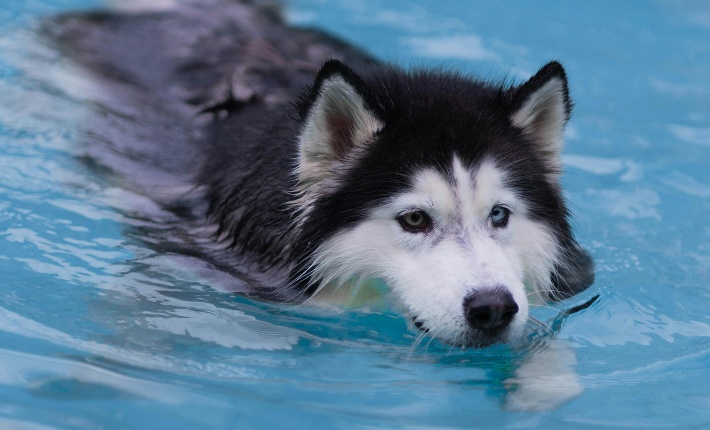
Activities for older dogs don't require high levels of exertion, but they can still be tons of fun! Take a look at some of our best-loved activities for senior dogs.
Swimming
Short walks are great for getting your dog moving and out of the house, but have you ever thought about taking your dog swimming? As a low-impact form of exercise, swimming is one of the best senior dog activities.
Swimming is beneficial for dogs with arthritis and other mobility issues because it is easy on the joints. It helps reduce impact while building up muscle strength, endurance, and range of motion. A warm-water swim can be especially therapeutic to older furry friends. If it's been a while since your dog has splashed around, be sure to brush up with these dog swimming safety tips.
New Tricks
It is possible to teach an old dog new tricks! Since senior dogs are more tranquil and not as easily distracted, teaching them new commands can be surprisingly less challenging than training a puppy. Your older dog may not be able to jump through hoops, but there are many simple tricks you can teach them such as "wipe your paws" and "put your toys away"!
Enrichment Games
Playing games with your senior dog is another fantastic method of mental stimulation. While there are countless dog games to choose from, puzzle games that involve hiding treats are a favorite among dogs of all ages.
One simple, brain-boosting game to play is "Find the Treat". For this game, you'll need 3 cups and a few dog treats. Turn the cups upside down and place a single treat under one of them. Rearrange the cups, let your dog sniff out which cup the treat is under, and reward them with the treat once they succeed!
Senior Dog Treats
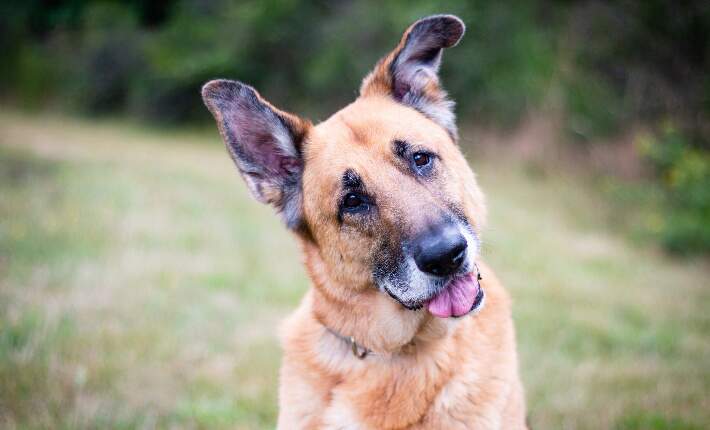
Reward your older-and-wiser furry friend for being on their best behavior with wholesome, delicious treats! A no-brainer when it comes to getting your dog's tail wagging, natural dog treats are ideal for senior dogs. Look for options that are highly digestible, low in fat, and made without any preservatives, artificial colors, or artificial flavors to boost your senior dog’s well-being!
Many dog treats for older dogs can be broken apart for quick rewarding, too. From teaching your dog a new command using tasty treats to simply offering them a smaller-sized snack, breakable dog treats are a convenient choice that will leave both of you smiling.
Super Seniors
As time goes by, the loving bond between pet parents and their dogs only grows stronger—no matter when that dog is considered a senior! Now that you’ve learned how old a senior dog is and gotten ideas for how to make an old dog happy, you’re on your way to forming a closer connection with your furry friend—making them as joyful as they make you!
Sources
Diane Morgan, The Living Well Guide for Senior Dogs: Everything You Need to Know for a Happy & Healthy Companion, edited by Wayne Hunthausen, D.V.M. (Neptune City: T.F.H. Publications, 2007).
FOLLOW US!



